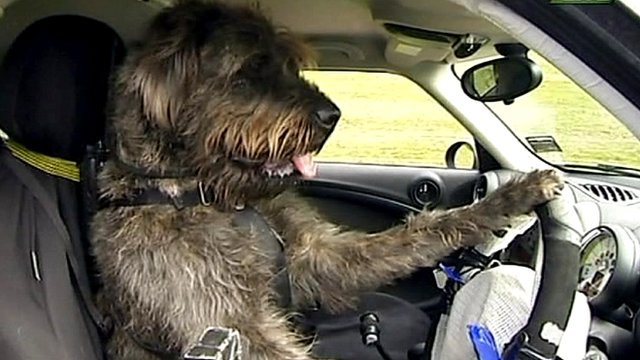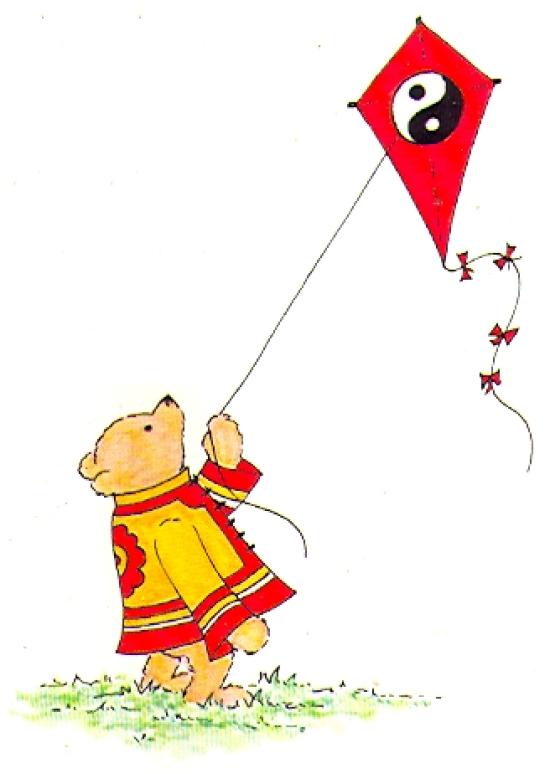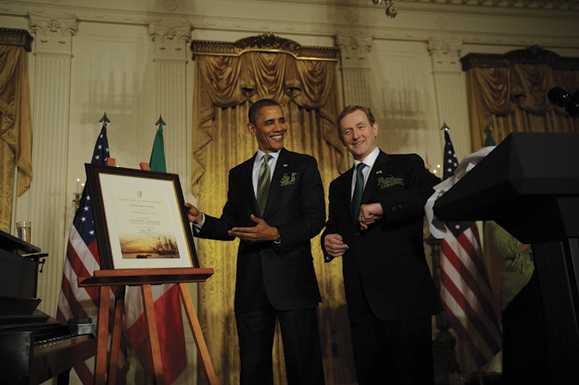AND lo, they beheld a star in the east. Well, they beheld the star centuries ago, actually, but they’ve only just discovered that one of the planets orbiting it could support life. It’s not exactly in the east either, truth be told. But we mustn’t allow a good Christmas story to be spoiled by specifics.
Wise men – to wit, astronomers – this week revealed that conditions on one of the five planets orbiting Tau Ceti, a star almost identical to our own sun, are favourable to life. This planet lies in the so-called Goldilocks zone of the solar system, where it’s neither too hot nor too cold for water to exist. It goes by the name of Tau Ceti e, because until we revoke the right of scientists to name the things they find, and let right-brainers take over, that’s the sort of language we’re going to have to keep dealing with.
The Tau Ceti system, which science fiction fans may also recognise from Barbarella and numerous episodes of Star Trek, is only 12 light years away. On a planetary scale, this is like suddenly noticing a perfectly habitable house right next door to you. But it’s been there all along. It’s almost creepy, really.
The next question is, does anyone live there, and the questions after become truly momentous. What are they like? Friend or foe? More advanced or less? Have they been watching us? Did they crash in Roswell in 1947? Are they lizardy folk? Do they know about Jim Corr?
And as it’s Christmas, and nothing can appear in any printed medium at this time of year that doesn’t make reference to that fact (bah humbug), we must also take a moment to ponder whether or not they have Christmas.
Well, assuming Tau Ceti e is in an elliptical orbit around its sun, then, like us, they will have a solstice. That ‘turn’ in the year is always cause for celebration, regardless of what religious traditions your society acquires (and isn’t there a stretch in the evenings already!), so they surely celebrate it. And there’s every chance they celebrate it by eating overcooked fowl and quarrelling with all their relations.
You may find it a comfort, the idea that there’s an alternative Christmas happening 12 light years away, especially if you’re worried about failing in your duty on Tuesday to design, produce, direct, cater and stage-manage The Perfect Christmas for your family, to say nothing of trying to use up all those baked beans you laid in in readiness for the Mayan apocalypse the other day, which was supposed to have saved you the bother of doing Christmas at all this year, and so much for that, dammit.
It’s entirely possible that, on other planets, the Perfect Christmas is, parallel universe-style, the same as the classic Imperfect Christmas here. On Tau Ceti e, the Perfect Christmas Home might smell, not of warm cinnamon and baked apples, but of Brussels sprouts and the gastro-intestinal consequences of Brussels sprouts. Maybe the cook doesn’t have to be Nigella Lawson; maybe she can be the Medusa instead, her very gaze a terrifying weapon keeping all comers out of the kitchen. Maybe on Tau Ceti e, the whole idea is to give people presents they don’t want. And Uncle Ned – dear Uncle Ned! – may not be required to fall asleep in front of the Downton Abbey Christmas special simply because he can’t hold his eggnog – he can just be himself, and can pass out comatose because he’s in end-stage liver failure from cirrhosis.
Readers should note, however, that the period of orbit of Tau Ceti e around its sun is something around 168 days. This means they get Christmas twice as often as we do. It depends on your point of view, of course: Countless people would see that as an incentive to visit Tau Ceti e, but for many others it would be something of a deterrent, though they might not say so at this time of year for fear of spoiling the festive mood for their friends – an instinct that shows they do understand the real meaning of Christmas.
On the other hand, by the time we’re in a position to visit the Tau Ceti system, it will hopefully be because we can travel faster than light. And only think how much more manageable the Perfect Christmas will become with the aid of time travel. If you botch it, you can go back and try it again and again. You can keep on trying, in fact, until you’ve succeeded in providing your family with every seasonal cliché that advertising has told you they must want. That should earn you a bit of space (for want of a better pun).
Published in the Irish Mail on Sunday, 23 December 2012




